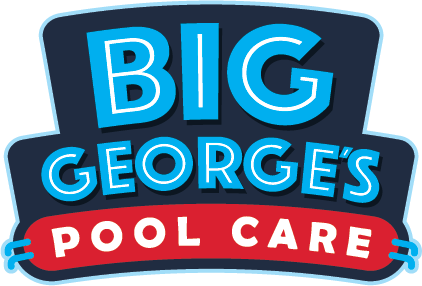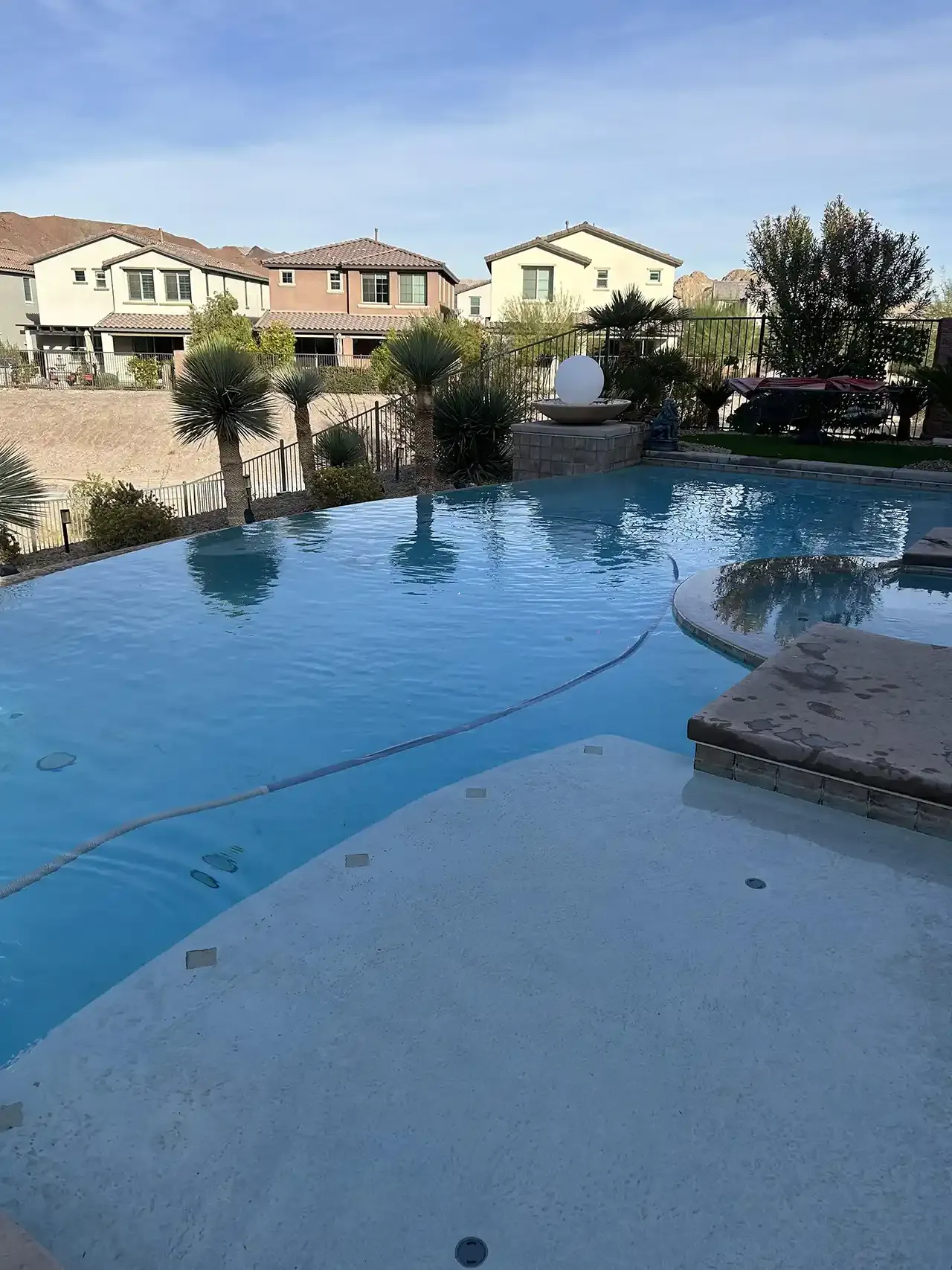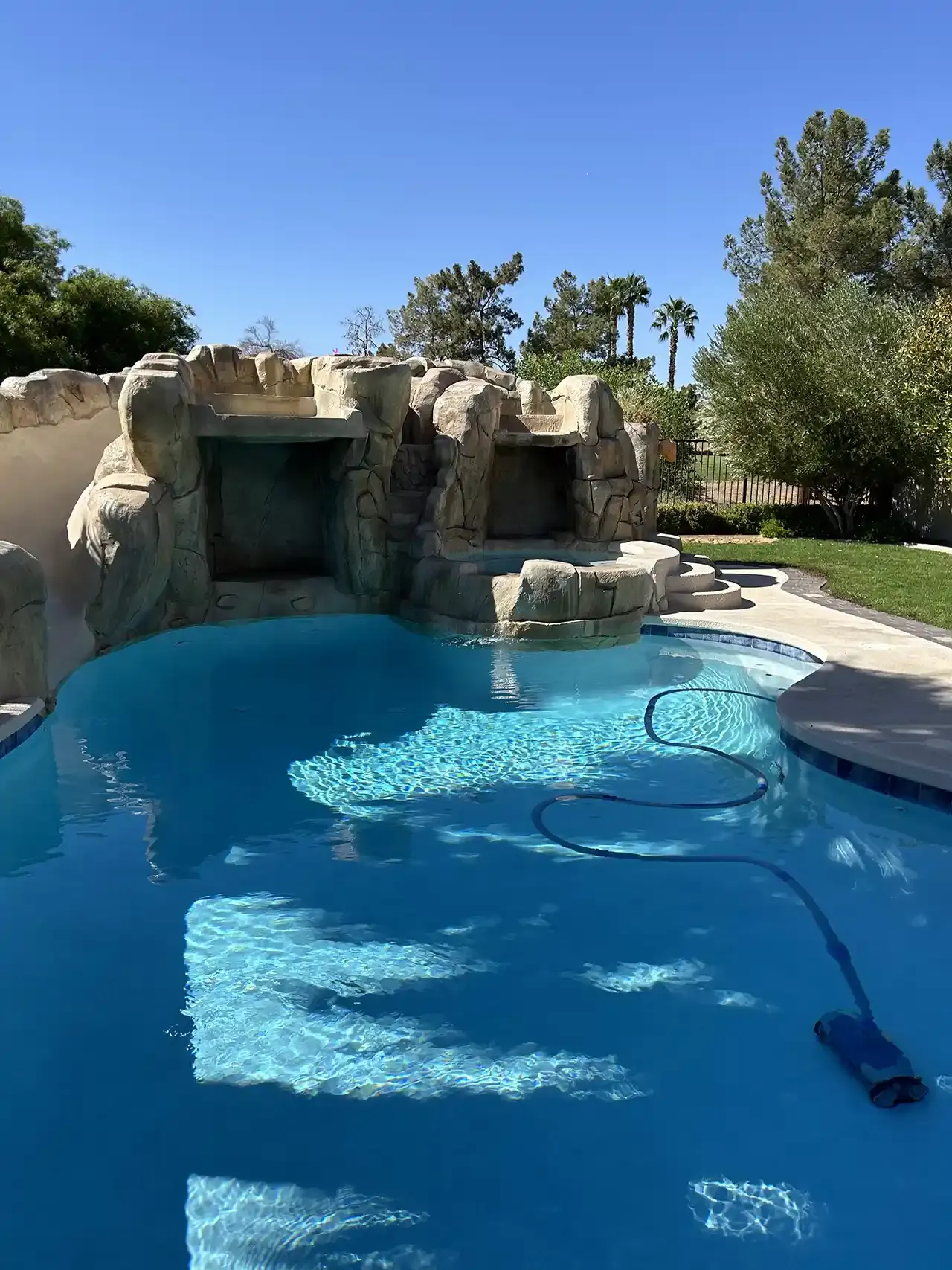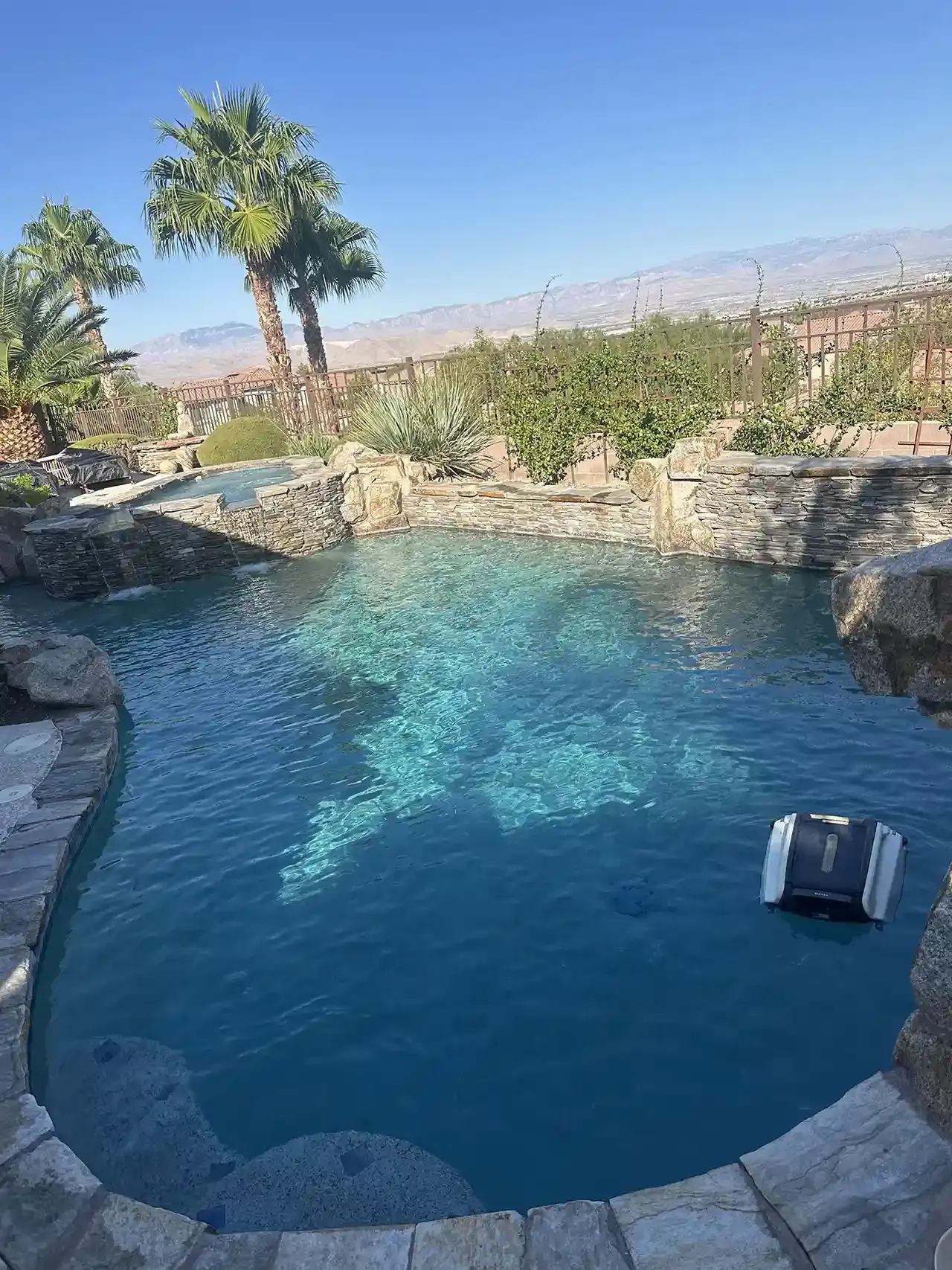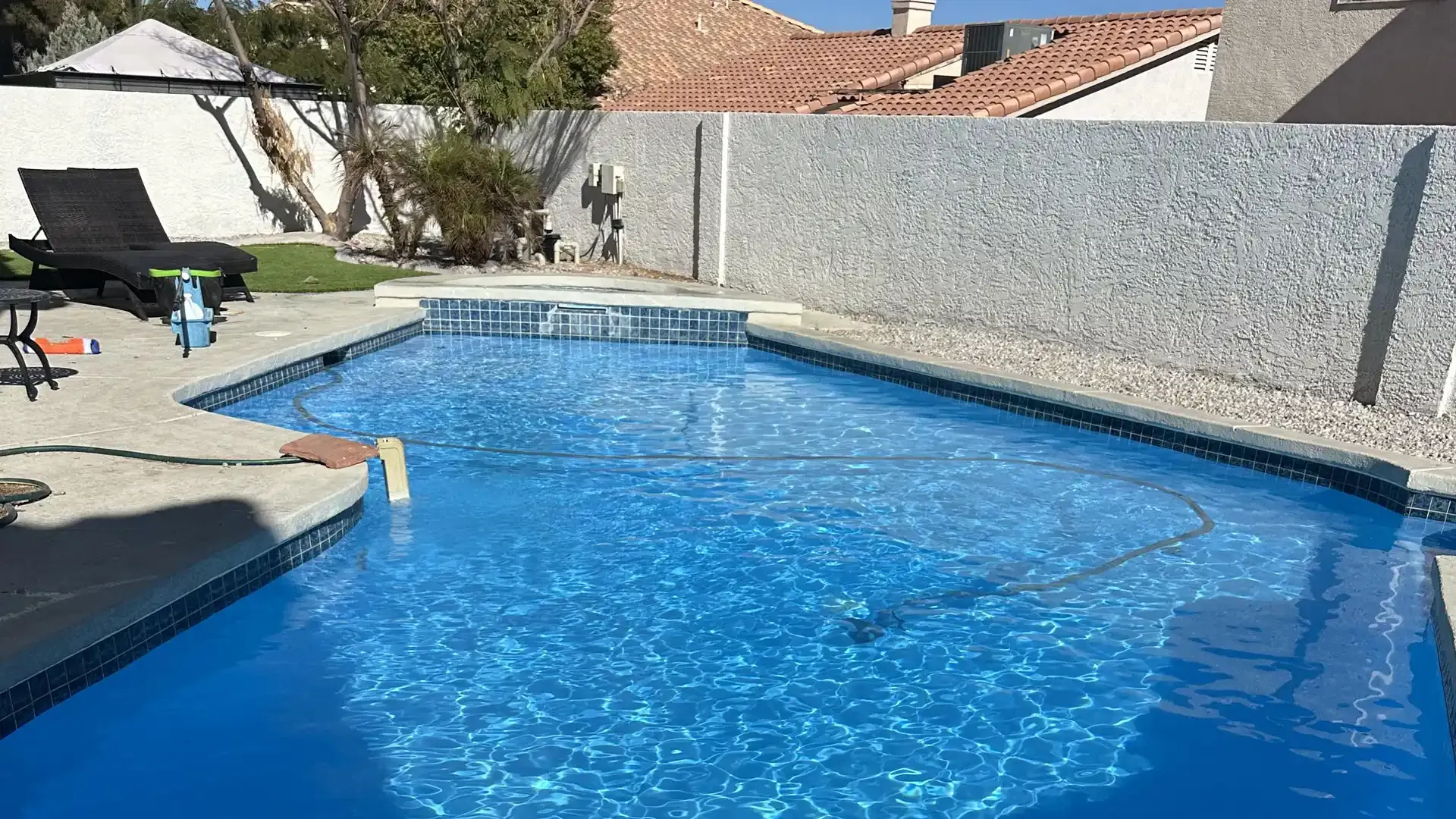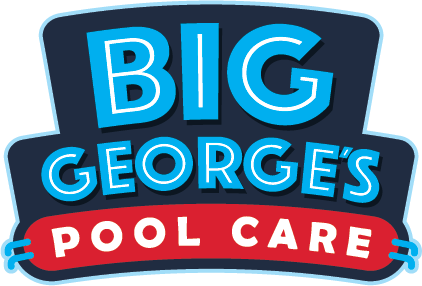Understanding Your Service Report

Understanding the chemical readings in your service report
At Big George’s Pool Care there are three things we are responsible for:
- Keeping swimmers safe with proper sanitation and oxidation,
- Protect the pool surface and equipment through consistent water balance, and,
- Keep the pool clean and working properly.
Keeping your pool looking good and safe for swimming requires an understanding of pool chemistry. At Big George’s Pool Care, we take the guesswork out of pool maintenance by monitoring all essential chemical levels to ensure your pool stays balanced and healthy.
We will explore one of the more common questions we receive about interpreting the chemical readings included in your service report.
Service Report Readings:
Note that not all of these readings are included in every report.
Temperature:
- Why it Matters: Water temperature significantly impacts chemical reactions and how effectively they work. So we take the current temperature, as well as the future temperature into account for our planning.
Free Chlorine (FC/FCL):
- Why it Matters: Free chlorine is the active warrior fighting bacteria and algae in your pool.
- Ideal Range: Between 2-6 ppm (parts per million) depending on your pool's usage.
Total Chlorine (TC/TCL):
- Why it Matters: This represents the sum of free and combined chlorine.
- Ideal Range: The same l level as your free chlorine range.
pH:
- Why it Matters: pH indicates how acidic or basic your pool water is. Balanced pH is crucial to preventing skin irritation and protecting equipment.
- Ideal Range: Between 7.2-7.8. However, slightly higher levels are acceptable for saltwater pools and pools with
Cyanuric Acid (CYA):
- Why it Matters: CYA protects chlorine from sunlight but requires longer contact time to effectively kill bacteria.
- Ideal Range: Between 25-50 ppm, 60-70 ppm for saltwater pools.
Total Alkalinity (TA):
- Why it Matters: TA acts as a buffer, ensuring stable pH levels and optimal chlorine efficiency.
- Ideal Range: Between 60-100 ppm, depending on your pool's water temperature and calcium level. Lower levels are better for salt pools.
Calcium Hardness:
- Why it Matters: Calcium hardness helps maintain a stable pH and prevents calcium scaling and staining on pool surfaces.
- Ideal Range: Between 250-500 ppm, depending on the pool construction type (concrete/fiberglass/vinyl)
Salinity (Salt):
- Why it Matters: A chlorine generator converts salt into chlorine for sanitation in saltwater pools.
- Ideal Range: Between 3,000 and 4,500 ppm, depending on the system.
Total Dissolved Solids (TDS):
- Why it Matters: Your pool water's total dissolved minerals, salts, and impurities impact chemical effectiveness.
- Ideal Range: As low as practical, but should be kept under 5,000 ppm.
Phosphates:
- Why it Matters: Phosphates, added to our municipal water, from fertilizers and organic debris, can act as fertilizer for algae growth.
- Ideal Range: Between 0-500 ppm.
Copper:
- Why it Matters: While copper is sometimes used in mineral systems, excess levels can stain pool surfaces.
- Ideal Range: Between 0-0.2 ppm.
Iron:
- Why it Matters: Iron can cause staining and discoloration in your pool.
- Ideal Range: 0 ppm.
Big George’s Pool Care utilizes the Langlier Saturation Index (LSI) model to determine pool chemistry, offering a more comprehensive approach to water balance. Unlike standard chemical ranges, which only focus on individual chemical levels, our methodology considers the interaction between these readings to determine the pool water's likelihood of becoming corrosive or forming scale. Maintaining a balanced LSI helps keep the pool water clean and clear while preventing damage and expensive repairs.
Maintaining a pool doesn't have to be a mystery. With Big George’s Pool Care’s maintenance programs, we regularly test the above chemical levels to ensure your pool stays balanced, healthy, and crystal clear for endless fun!

All Rights Reserved | Big George's Pool Care
